Underground waterfalls create some of nature’s most mysterious and awe-inspiring spectacles, where water cascades through darkness in chambers carved by millions of years of geological processes. These subterranean cascades exist in a hidden world where sound, light, and water interact in ways that surface waterfalls simply cannot match. The acoustic properties of limestone caves and granite chambers amplify every droplet, creating soundscapes that range from gentle whispers to thunderous roars that seem to emerge from the earth itself. Unlike their surface counterparts, underground waterfalls offer experiences that remain largely unchanged by weather, seasons, or human development, preserving natural phenomena in their most pristine state.
Here is a list of 15 underground waterfalls you can tour across North America.
Ruby Falls
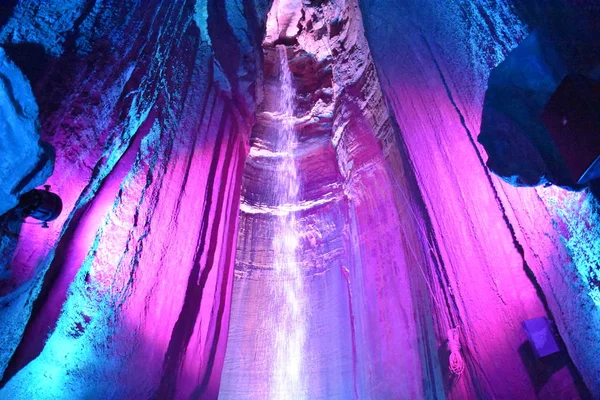
Tennessee’s Ruby Falls plunges 145 feet through Lookout Mountain’s limestone interior, creating the tallest underground waterfall open to public tours in the United States. The cascade flows through a chamber so perfectly sculpted that early visitors suspected human engineering rather than natural processes.
Colored lighting installed in the 1930s illuminates the water’s descent through formations formed over 30 million years. The waterfall’s consistent flow throughout the year demonstrates how underground water systems operate independently of surface weather patterns, maintaining steady streams even during severe droughts that affect nearby surface rivers.
Laurel Caverns Waterfall
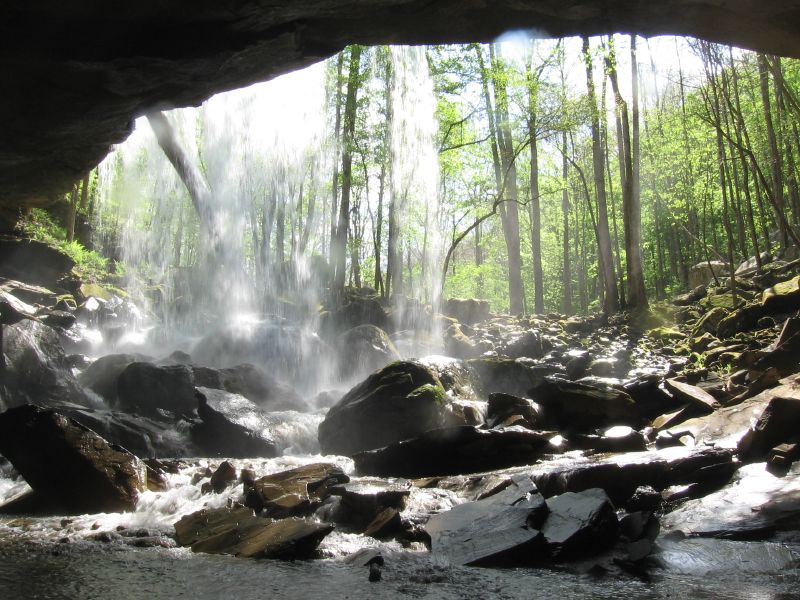
Pennsylvania’s Laurel Caverns contains a spectacular waterfall that flows through multiple limestone chambers before disappearing into underground streams that eventually feed the Youghiogheny River. The cascade’s three-tiered descent creates distinct pools where blind cavefish and colorless crayfish have evolved unique adaptations to permanent darkness. Guided tours follow wooden walkways that allow visitors to experience the waterfall from multiple levels, creating perspectives not possible at surface waterfalls.
The cavern’s constant 52-degree temperature creates mist effects that enhance the waterfall’s ethereal appearance throughout the year.
Like Travel Pug’s content? Follow us on MSN.
Natural Bridge Caverns Falls
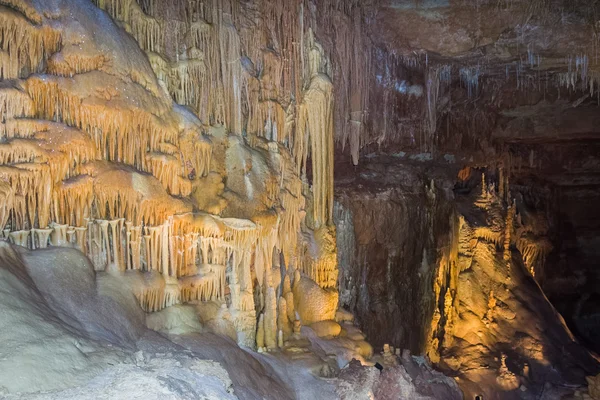
Virginia’s Natural Bridge Caverns features an underground waterfall that Native American tribes considered sacred long before European settlers discovered the cave system. The 34-foot cascade flows through a chamber decorated with flowstone formations that resemble frozen waterfalls themselves, creating optical illusions that challenge depth perception.
Early tour guides used candles and lanterns to illuminate the falls, creating dramatic shadow effects that modern electric lighting cannot replicate. The waterfall’s mineral-rich water has created terraced pools similar to those found at Yellowstone’s hot springs, though formed through entirely different geological processes.
Mammoth Cave’s Frozen Niagara
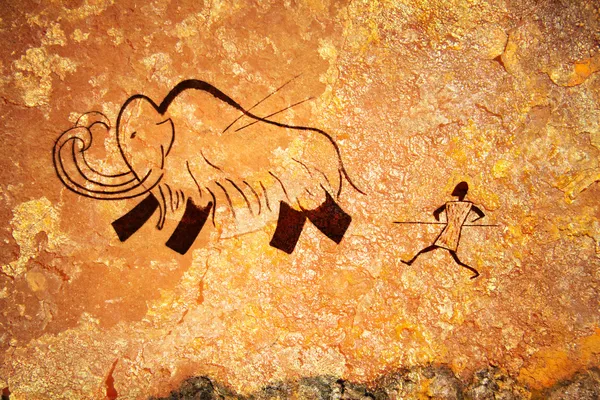
Kentucky’s Mammoth Cave system includes the famous Frozen Niagara Formation, where an underground waterfall has created flowstone deposits that resemble a frozen cascade spanning 75 feet from floor to ceiling. The active waterfall behind the formation continues to add layers of calcite that change the appearance over decades, making each visit slightly different from the last.
The chamber’s acoustics amplify water sounds in ways that create phantom echoes and ghostly whispers that early explorers attributed to supernatural causes. Modern tours use specialized lighting to reveal the formation’s intricate details while preserving the mysterious atmosphere that has captivated visitors for over 150 years.
Lost River Caverns
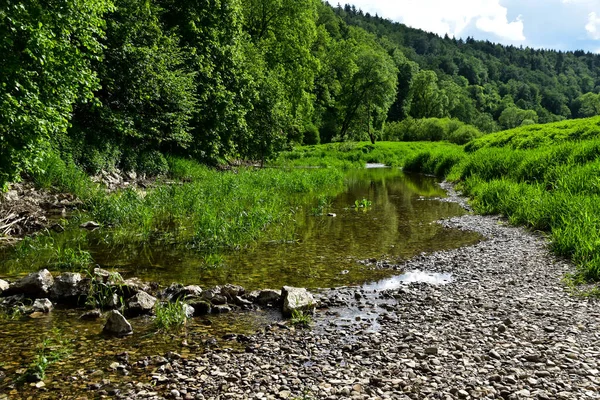
Pennsylvania’s Lost River Caverns contain multiple underground waterfalls where the Cocalico Creek disappears underground and cascades through limestone chambers before emerging four miles downstream. The largest waterfall drops 27 feet into a pool so clear that the bottom appears much closer than its actual 12-foot depth.
Guided tours follow the underground river through five distinct chambers, each containing waterfalls with unique characteristics created by different mineral compositions in the limestone. The cavern’s year-round 52-degree temperature creates fog effects when warm surface air meets cool underground water, adding a mysterious atmosphere to an already spectacular natural display.
Like Travel Pug’s content? Follow us on MSN.
Howe Caverns Underground Falls
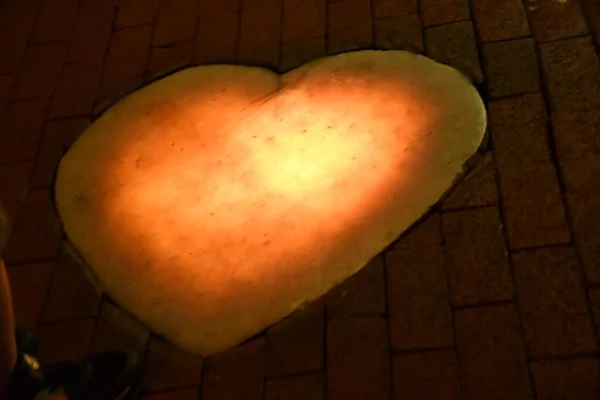
New York’s Howe Caverns features underground waterfalls accessible by boat tours that navigate limestone passages carved by an ancient underground river. The boat ride passes multiple cascades where ceiling collapse has created dramatic chambers featuring waterfalls plunging from heights up to 30 feet.
The cavern’s unique boat tour allows visitors to approach waterfalls from the water level, creating intimate experiences impossible to achieve in most cave systems. Seasonal water level changes alter the waterfalls’ appearance and sound, making spring visits dramatically different from late summer tours when underground streams reach their lowest levels.
Fantastic Caverns Drive-Through Falls
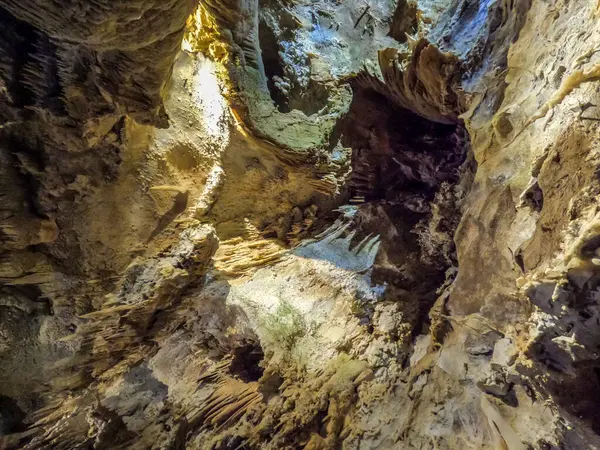
Missouri’s Fantastic Caverns offers America’s only drive-through cave tour, passing an underground waterfall that flows year-round despite surface drought conditions that have affected the region for decades. The waterfall’s 18-foot drop creates a mist that covers jeep tour vehicles, providing cooling relief that contrasts sharply with Missouri’s summer heat.
The cavern’s unique drive-through format allows visitors with mobility limitations to experience underground waterfalls that would otherwise remain inaccessible. Native American artifacts found near the waterfall suggest the cascade may have served as a sacred site for over 1,000 years before European discovery.
Blanchard Springs Caverns Falls
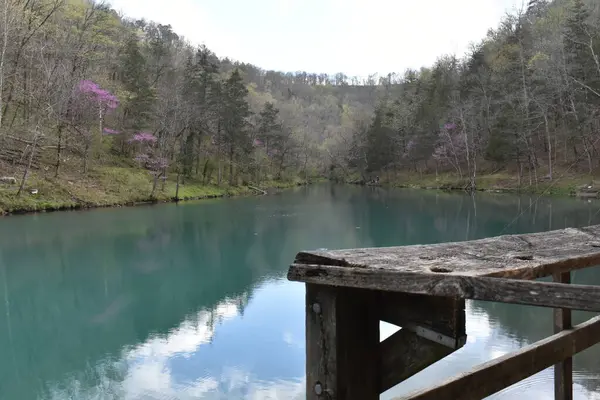
Arkansas’s Blanchard Springs Caverns contains multiple underground waterfalls where the springs that give the cavern its name cascade through three levels of limestone chambers. The upper waterfall drops 45 feet through formations that create natural amphitheater acoustics, amplifying water sounds in ways that seem to surround visitors from all directions.
The cavern’s living cave status means formations continue growing and changing, with new flowstone deposits altering waterfall appearance over periods measured in decades rather than centuries. Underground streams maintain constant temperatures that create unique ecosystems where specialized cave life thrives in conditions found nowhere else on Earth.
Like Travel Pug’s content? Follow us on MSN.
Meramec Caverns Underground Cascade
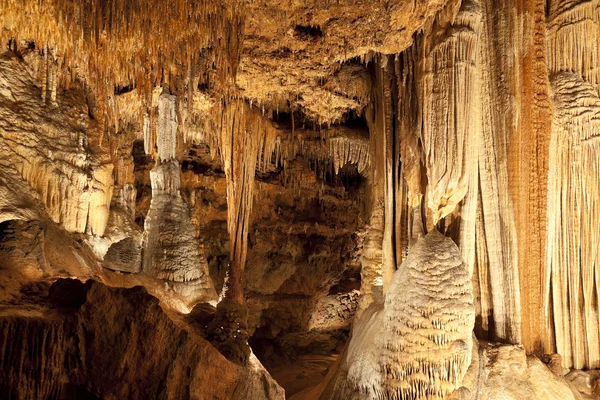
Missouri’s Meramec Caverns features the famous Wine Room waterfall, where iron-rich water has stained limestone formations deep red and orange, creating the appearance of wine flowing through the cavern. The 22-foot waterfall flows through formations that served as a hideout for Jesse James and his gang, though historians debate whether the outlaws actually used the cave.
The waterfall’s mineral content creates terraced pools that change color as lighting angles shift, providing photographers with opportunities for dramatic shots that capture both natural beauty and historical atmosphere. Modern tour guides still tell stories of outlaw treasures hidden behind the waterfall, though extensive searches have never revealed any hidden gold.
Penn’s Cave Boat Tour Falls
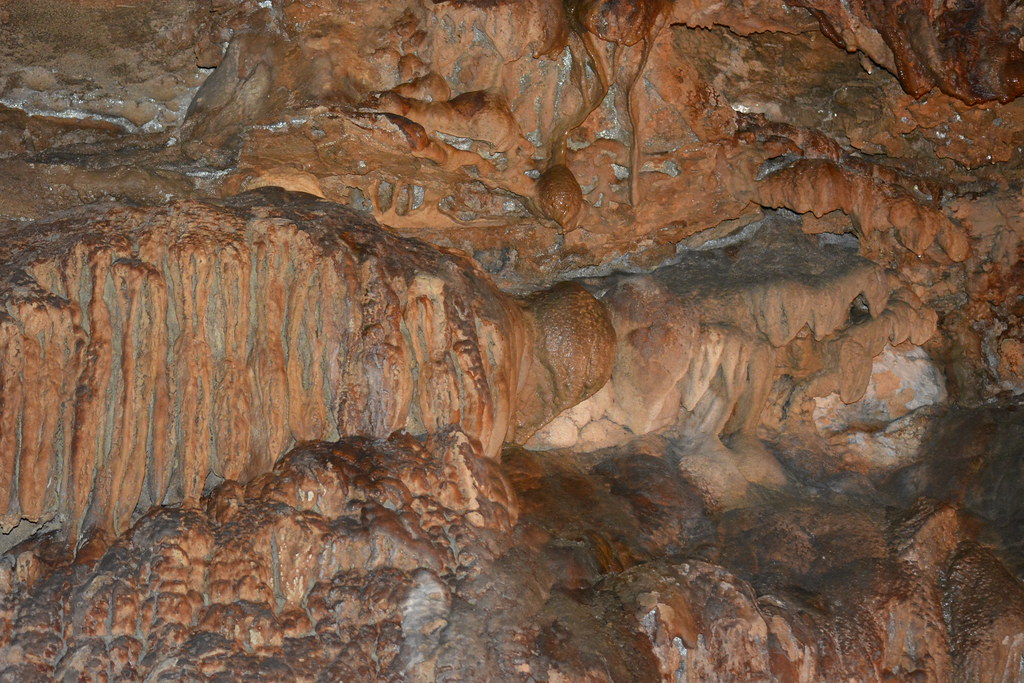
Pennsylvania’s Penn’s Cave offers boat tours through an underground waterfall chamber where Native American legend claims a brave young dove into the pool to escape pursuing enemies. The waterfall’s 25-foot cascade flows into the underground lake that visitors navigate by motorboat, creating the unusual experience of approaching a waterfall from the water level.
The cave’s limestone formations create natural sound dampening that makes the waterfall whisper rather than roar, adding to the mystical atmosphere that has inspired local legends for centuries. Guided tours include stories of the cave’s use as a hideout during the Underground Railroad when the waterfall’s sound helped mask the presence of freedom seekers.
Crystal Cave Underground Falls
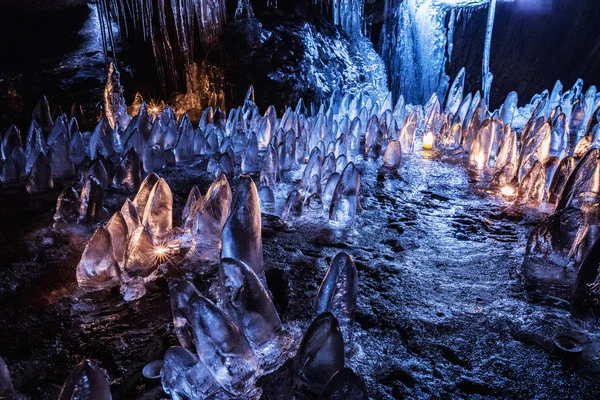
Wisconsin’s Crystal Cave contains an underground waterfall that flows through formations illuminated by natural light filtering through ceiling cracks, creating one of the few underground waterfalls visible without artificial lighting. The 15-foot cascade flows through chambers decorated with rare cave pearls and flowstone formations that early visitors mistook for precious gems.
The cave’s unique lighting conditions allow photography without flash equipment, preserving the natural atmosphere while documenting the waterfall’s ethereal beauty. Seasonal changes in surface vegetation affect the quality and color of natural light reaching the waterfall, creating dramatic differences between spring and fall visits.
Like Travel Pug’s content? Follow us on MSN.
Cosmic Cavern’s Twin Falls
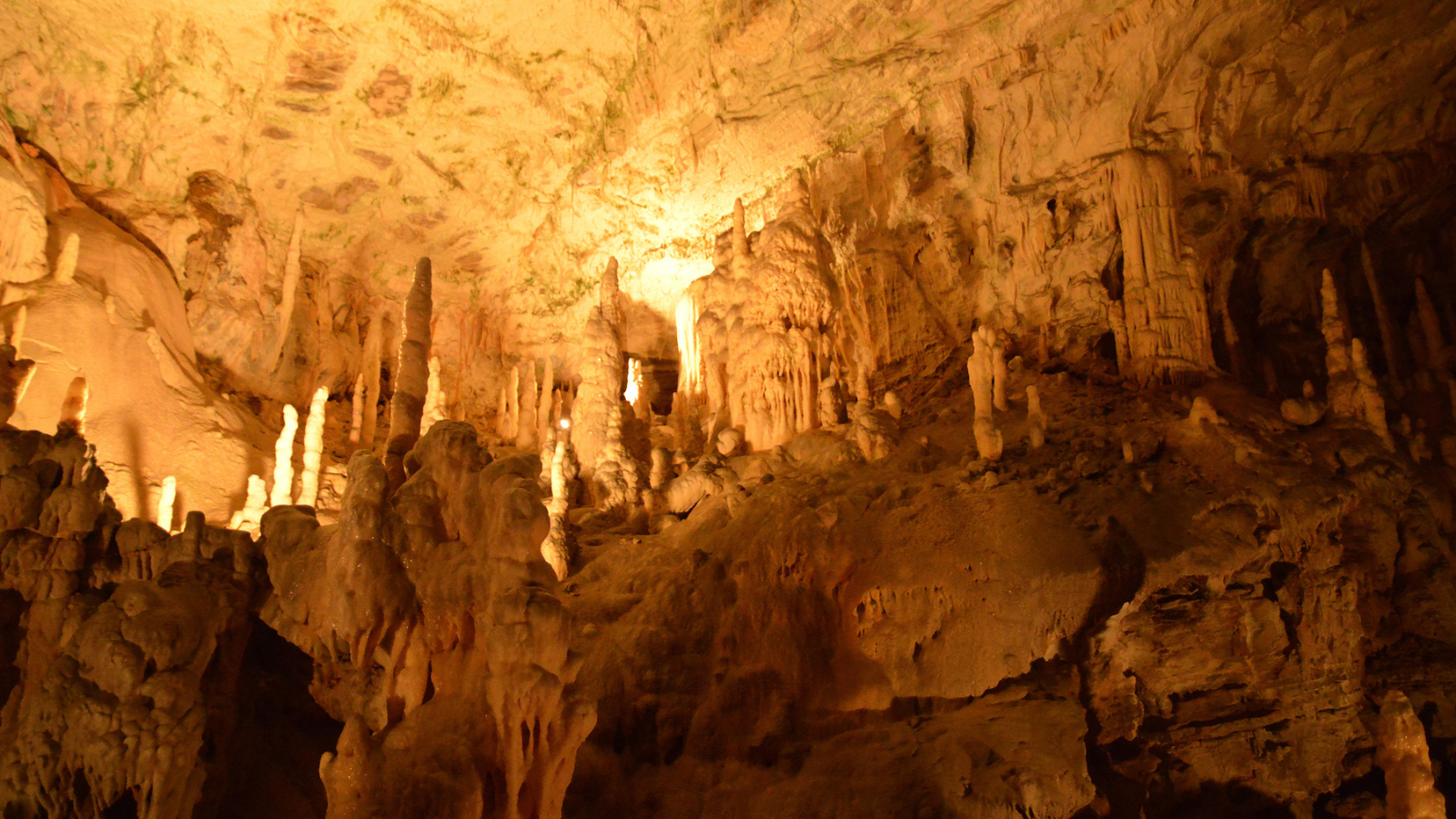
Arkansas’s Cosmic Cavern features twin underground waterfalls that flow side by side through separate limestone chambers before joining in a common pool 30 feet below the cave floor. The dual cascades create complex acoustic effects where water sounds seem to echo and respond to each other, creating natural harmonies that early visitors attributed to supernatural causes.
The cavern maintains two underground lakes that never freeze despite Arkansas’s winter temperatures, supporting unique ecosystems where blind cavefish have evolved specialized hunting techniques. Modern tours use underwater lighting to reveal the hidden depth of pools beneath the waterfalls, showing formations that extend far deeper than surface observation suggests.
Lost World Caverns Falls
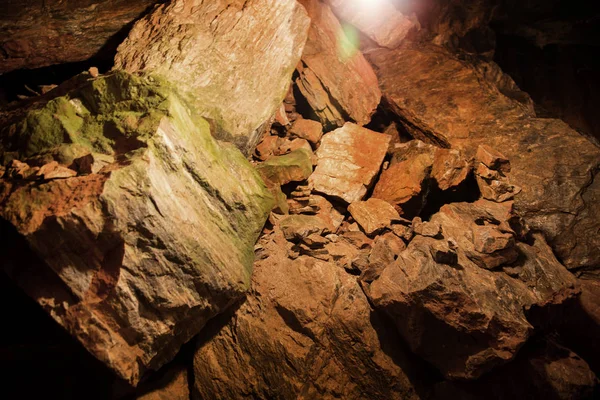
West Virginia’s Lost World Caverns contains an underground waterfall that flows through formations created when the Greenbrier River carved underground channels through limestone bedrock. The 28-foot waterfall flows year-round despite surface drought conditions, demonstrating how underground water systems operate independently of surface weather patterns. The cavern’s self-guided tour format allows visitors to spend unlimited time observing the waterfall and listening to acoustic effects that change with seasonal water levels and temperature variations.
Cave formations surrounding the waterfall include rare gypsum flowers and cave popcorn that create unique textures and surfaces for water interaction.
Forbidden Caverns Waterfall
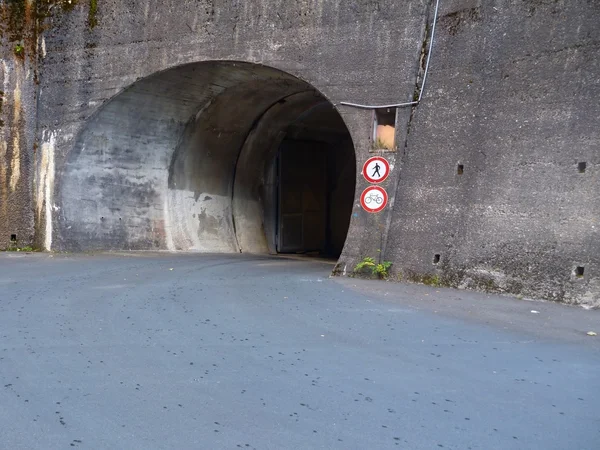
Tennessee’s Forbidden Caverns features an underground waterfall where Cherokee tribes conducted religious ceremonies long before European settlers discovered the cave system. The 35-foot cascade flows through chambers decorated with formations that early Cherokee visitors interpreted as spiritual symbols and natural temples.
The waterfall’s mineral-rich water has created terraced pools that Native American guides described as steps leading to the underworld, though modern geology explains the formations through limestone dissolution and mineral deposition. Guided tours include information about Cherokee spiritual practices while respecting the cultural significance that Native American communities continue to attribute to the site.
Like Travel Pug’s content? Follow us on MSN.
Mystery Cave Underground Falls
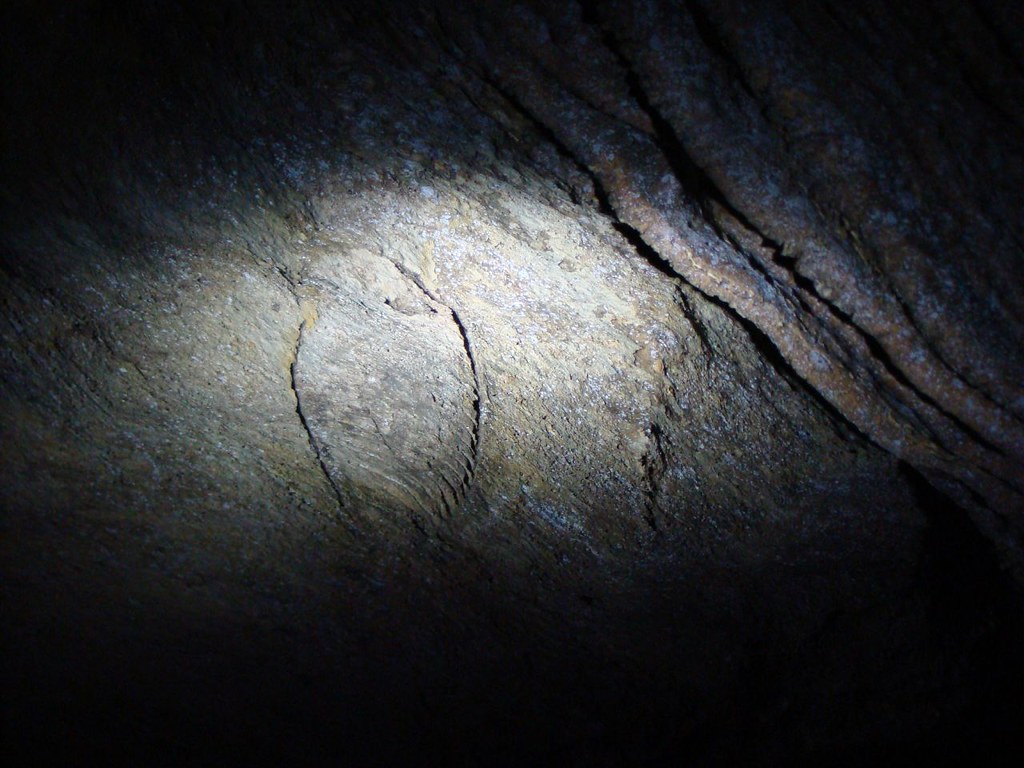
Minnesota’s Mystery Cave contains the state’s longest cave system and multiple underground waterfalls where the Root River disappears underground during spring floods and creates temporary cascades that can reach 40 feet in height. The seasonal nature of these waterfalls means tour experiences vary dramatically throughout the year, with spring visits offering spectacular water displays while late summer tours focus on formations revealed when water levels recede.
The cave’s location in southeastern Minnesota’s karst region creates unique geological conditions where surface streams regularly disappear underground, creating temporary waterfalls that challenge conventional understanding of cave hydrology.
Echoes in Stone
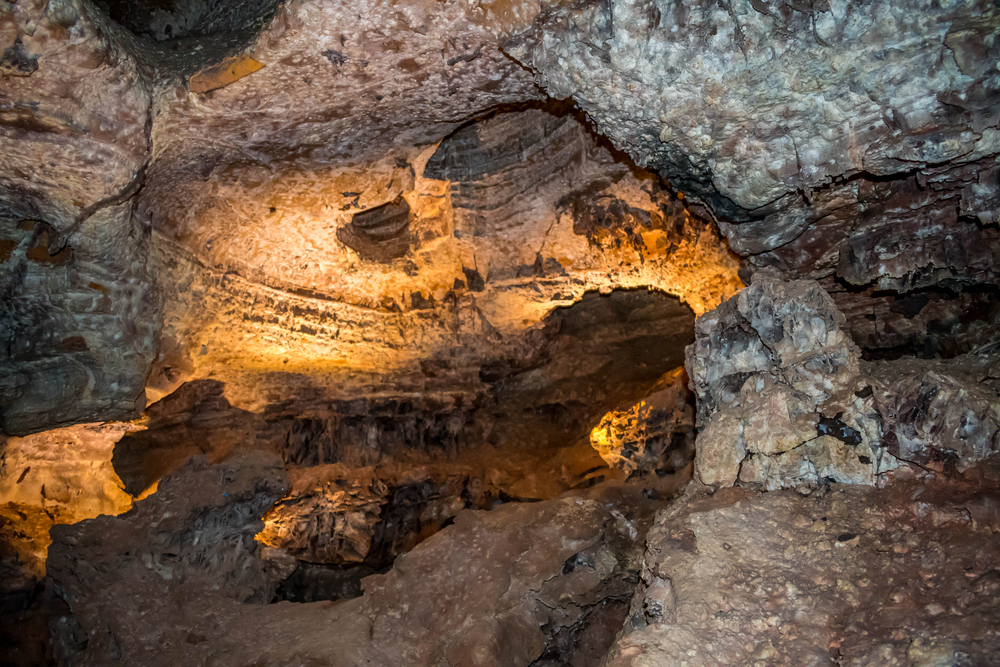
These underground waterfalls represent more than geological curiosities—they’re windows into earth processes that operate on timescales far beyond human experience, where water and stone interact to create beauty in absolute darkness. Each cascade tells stories of ancient climate changes, geological upheavals, and the patient work of water that carved chambers and passages over millions of years.
The acoustic properties of underground spaces transform falling water into symphonies that exist nowhere else on Earth, creating experiences that connect visitors to natural processes typically hidden from human observation. Whether formed by active streams or mineral-rich seepage, these underground cascades continue their patient work of shaping the planet’s hidden architecture, indifferent to human admiration but forever changed by the simple presence of flowing water in spaces where light never naturally reaches.
More from Travel Pug

- 20 Best Beach Towns in the Carolinas
- 13 Destinations Where Tourists Regularly Regret Their Trip
- 20 Destinations That Are More Magical Without an Itinerary
- 20 Underrated Adventures That Belong on Your Travel List
- 20 Cities Where You Should Just Wing It, No Planning Required
Like Travel Pug’s content? Follow us on MSN.
